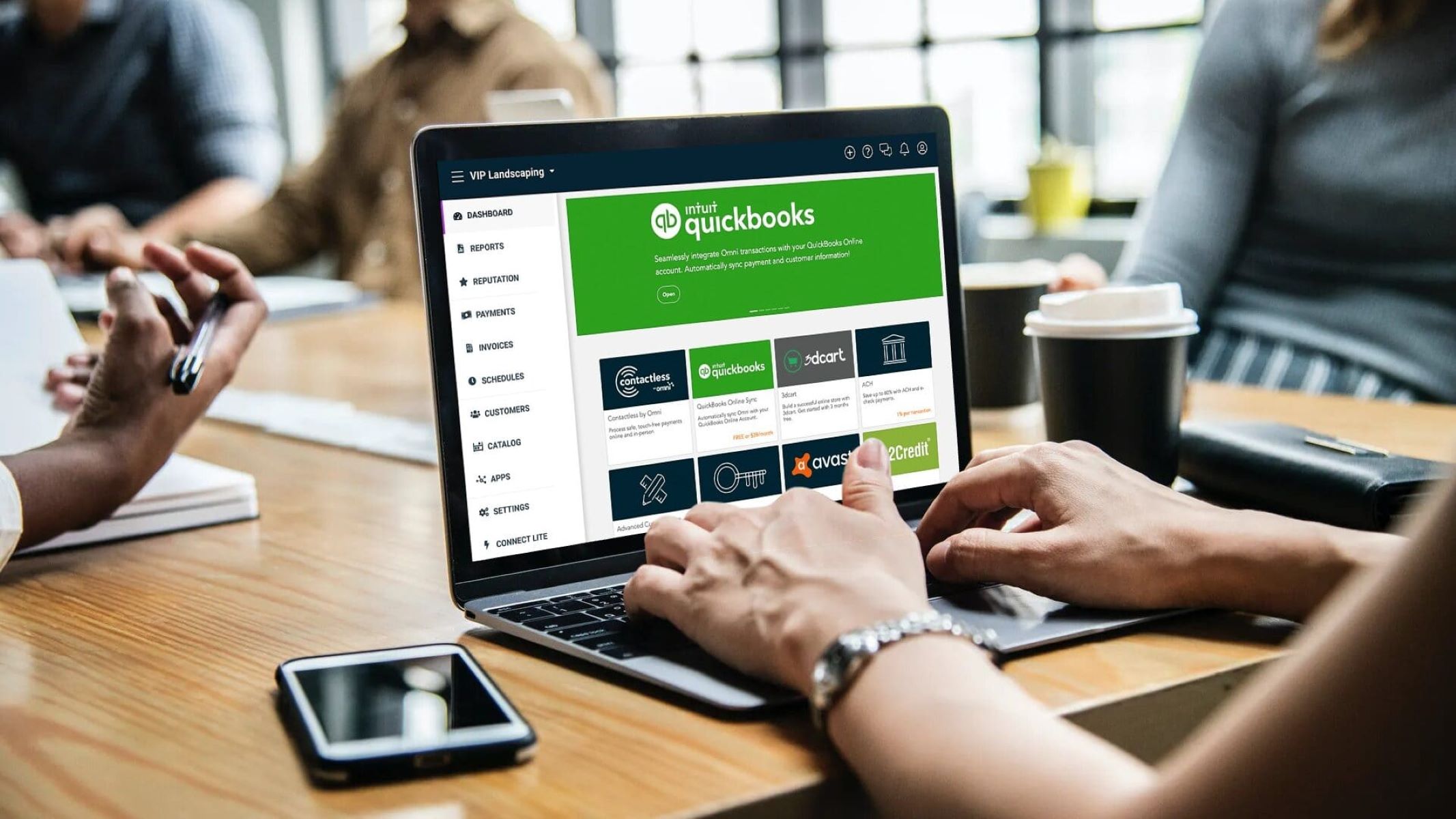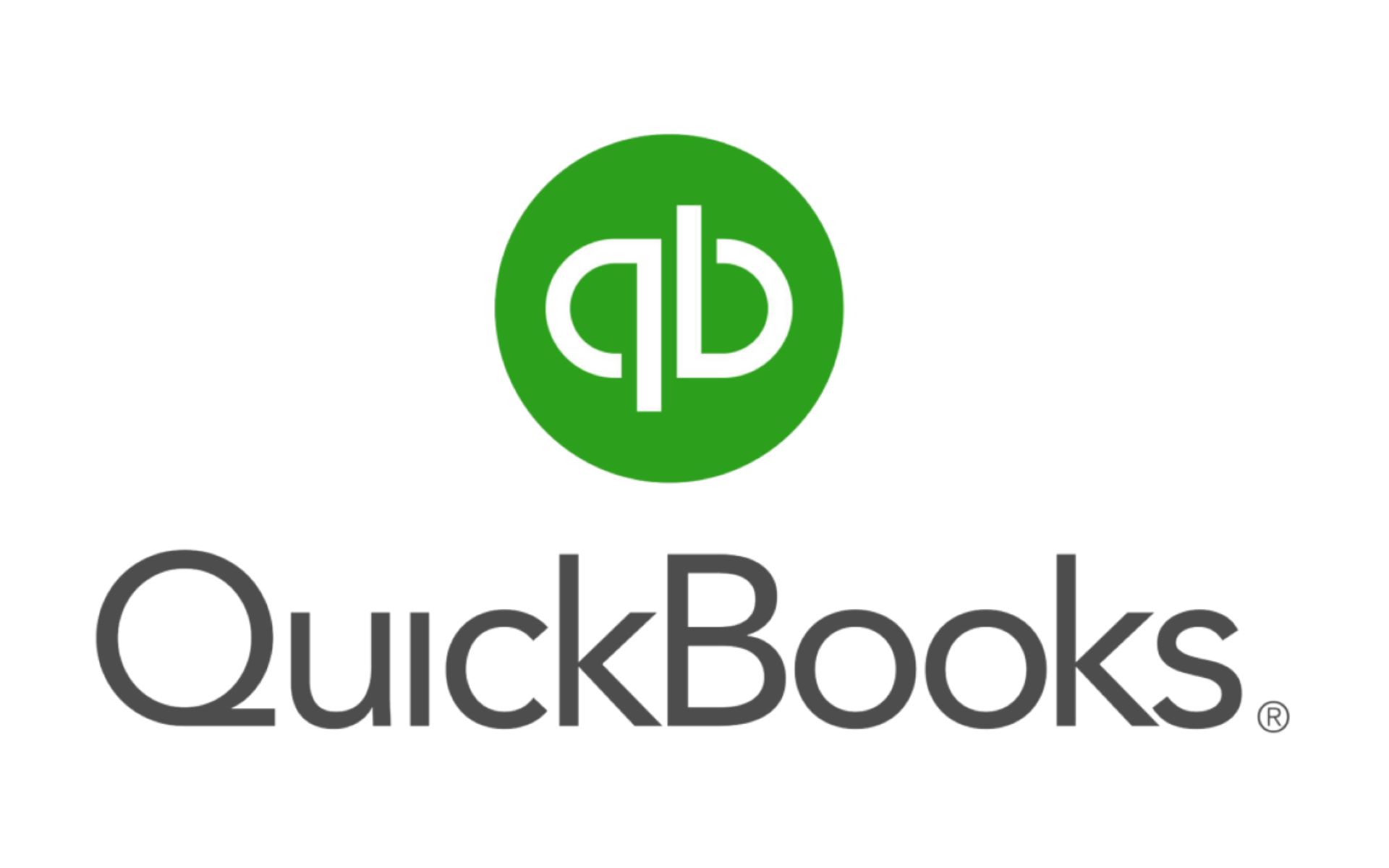Overview
Entering a loan in QuickBooks is a straightforward process that allows you to accurately track your financial obligations and expenses. Whether you’re borrowing money to expand your business or financing a major purchase, properly recording the loan in QuickBooks is essential for maintaining accurate financial records.
When entering a loan in QuickBooks, you’ll need to provide details such as the loan amount, interest expense, and loan due date. These details will be used to create a loan entry in your QuickBooks account, ensuring that your financial statements reflect the impact of the borrowed funds.
In this article, we’ll guide you through the step-by-step process of entering a loan in QuickBooks. By following these instructions, you’ll be able to accurately record your loan obligations and have a clear picture of your business’s financial health.
So let’s dive in and learn how to enter a loan in QuickBooks to ensure your financial records are accurate and up to date.
Step 1: Open QuickBooks
The first step in entering a loan in QuickBooks is to open the QuickBooks software on your computer. Look for the QuickBooks icon on your desktop or search for it in your program files. Double-click on the icon to launch the application.
Once QuickBooks is open, you’ll be greeted with the main dashboard, which serves as the hub for managing your financial transactions. From here, you can access various features and functionalities, including entering a loan.
If you don’t have QuickBooks installed on your computer, you’ll need to purchase the software and follow the installation instructions provided by Intuit, the company behind QuickBooks. Alternatively, you can opt for a cloud-based version of QuickBooks, which allows you to access your account from any device with an internet connection.
After opening QuickBooks, you’re ready to move on to the next step in entering your loan information.
Step 2: Navigate to the “Banking” menu
Once you have QuickBooks open, navigate to the “Banking” menu at the top of the screen. This menu contains all the necessary options for managing your financial transactions, including the ability to enter a loan.
Click on the “Banking” menu to open a dropdown list of options. From this list, select the option that says “Make a Loan Payment.” This will take you to the loan entry screen, where you can input the necessary details to record the loan in QuickBooks.
If you don’t see the “Banking” menu at the top of the screen, it’s possible that you’re using a different version of QuickBooks or have a customized setup. In such cases, you may need to consult the QuickBooks user guide or search for specific instructions on how to access the loan entry screen.
Once you’ve successfully navigated to the “Banking” menu and selected the “Make a Loan Payment” option, you’re ready to move on to the next step of entering your loan information.
Step 3: Click on “Make a Loan Payment”
After navigating to the “Banking” menu in QuickBooks, you’ll need to click on the option that says “Make a Loan Payment.” This selection will take you to the loan entry screen, where you can input all the necessary information to record your loan accurately.
Upon clicking on the “Make a Loan Payment” option, QuickBooks will open a new window or dialog box specific to loan payments. This window is designed to guide you through the loan entry process.
It’s important to note that the wording and layout of the loan entry screen may vary depending on the version of QuickBooks you’re using. However, the general concept and steps involved in entering a loan will remain the same.
If you’re having trouble locating the “Make a Loan Payment” option or need further guidance, consult the QuickBooks help documentation or reach out to QuickBooks customer support for assistance. They can provide specific instructions tailored to your version of the software.
Once you’ve successfully clicked on “Make a Loan Payment” and entered the loan entry screen, you can proceed to the next step and begin inputting your loan information.
Step 4: Enter the loan information
After clicking on “Make a Loan Payment” in QuickBooks, you’ll be prompted to enter all the necessary loan information. This includes details such as the loan amount, interest rate, loan duration, and any additional fees or charges associated with the loan.
You will typically find fields in the loan entry screen where you can fill in the loan specifics. Take your time to accurately input the information, ensuring that all numbers and terms are correct.
If you’re unsure about certain loan details or need to refer to loan documents or agreements, take a moment to review them before proceeding with entering the loan information.
In some cases, you may also need to select a vendor or lender associated with the loan. This is important for accurately categorizing the loan and ensuring that the funds are properly allocated within your accounting system.
Remember, the loan entry screen in QuickBooks may have slightly different fields and options, depending on the version you’re using. However, the general information required for inputting a loan remains the same.
Once you’ve filled in all the necessary loan information, you can proceed to the next steps in the loan entry process, which involve selecting the expense account, entering the loan amount, specifying interest expenses, and setting the loan due date.
Step 5: Select the expense account
After entering the loan information in QuickBooks, the next step is to select the expense account associated with the loan. This step ensures that the loan is correctly categorized in your financial records and accurately reflects the nature of the expense.
When selecting the expense account, you’ll typically have a list of predefined accounts to choose from. These accounts may include options such as “Business Loans,” “Long-Term Liabilities,” or “Loan Payment Expenses.”
It’s important to choose the most appropriate expense account that aligns with the purpose of the loan and the specific financial reporting requirements of your business. Selecting the correct account will ensure that your financial statements accurately reflect the impact of the loan on your overall finances.
If you have difficulty locating the appropriate expense account or are unsure which account to choose, consult your chart of accounts or seek guidance from your accounting professional. They can provide insight and guidance based on your specific business needs.
Once you have selected the appropriate expense account, you can proceed to the next step, which involves entering the loan amount in QuickBooks.
Step 6: Enter the loan amount
After selecting the expense account associated with the loan, the next step is to enter the loan amount in QuickBooks. This step ensures that the loan amount is accurately recorded and reflected in your financial statements.
In the loan entry screen, you’ll typically find a field labeled “Loan Amount” or similar. Here, you can input the exact amount of the loan you received.
It’s essential to enter the loan amount correctly, without any typos or errors. Double-check the loan documentation or agreements to ensure accuracy. If the loan amount includes any additional fees or charges, make sure to include them in the total loan amount.
Remember, the loan amount should align with the loan agreement and the funds you received. If you’re unsure about the specific loan amount, contact your lender or refer to the loan documentation for clarification.
Once you’ve entered the loan amount, you can proceed to the next step, which involves specifying the interest expense associated with the loan.
Step 7: Enter the interest expense
After entering the loan amount, the next step in entering a loan in QuickBooks is to specify the interest expense associated with the loan. This step ensures that the interest costs are accurately recorded and reflected in your financial statements.
In the loan entry screen, you’ll typically find a field labeled “Interest Expense” or something similar. Here, you can input the amount of interest that you will be paying on the loan.
It’s important to obtain the correct interest rate information from your loan documentation or agreement. This will allow you to accurately calculate and enter the interest expense. Ensure that the interest expense aligns with the terms of the loan and the payment schedule.
If the loan has a variable interest rate, or if there are any initial fees or charges associated with the loan, make sure to include them in the interest expense amount.
Remember, accurately entering the interest expense helps provide a clear picture of the true cost of borrowing and ensures that your financial statements reflect the accurate financial impact of the loan.
Once you’ve entered the interest expense, you can proceed to the next step, which involves choosing the loan due date.
Step 8: Choose the loan due date
Choosing the loan due date is an essential step in entering a loan in QuickBooks. This step ensures that the repayment schedule and deadlines are accurately recorded, helping you stay on top of your loan payments.
In the loan entry screen, you’ll typically find a field or option labeled “Due Date” or something similar. Here, you can select or input the date by which the loan is due to be repaid.
It’s important to refer to your loan agreement or documentation to determine the specific due date. Make sure that the chosen due date aligns with the terms of your loan and the repayment schedule.
Choosing the correct loan due date is crucial for accurately tracking your loan payments and ensuring that they are recorded in the appropriate accounting periods. It also helps you stay organized and avoid late payment penalties.
If you’re unsure about the loan due date or need assistance in determining the correct date, consult your loan agreement or get in touch with your lender for clarification.
Once you’ve chosen the loan due date, you’re nearly done with the loan entry process. The final step involves saving the loan entry in QuickBooks.
Step 9: Save the loan entry
After entering all the necessary loan details in QuickBooks, the final step is to save the loan entry. This step ensures that the loan information is properly recorded and stored in your QuickBooks account for future reference and reporting.
In the loan entry screen, you’ll typically find a “Save” or “Save Entry” button. Click on this button to save the loan entry and finalize the recording of the loan in QuickBooks.
Before saving the loan entry, take a moment to review all the entered information and ensure its accuracy. Double-check the loan amount, interest expense, expense account, and due date to make sure they align with your loan documentation and agreements.
If you realize that there’s an error or you need to make any changes to the loan entry, most versions of QuickBooks allow you to edit and update the entry before saving it.
Once you’re confident that all the information is correct, click on the “Save” button to save the loan entry in your QuickBooks account. QuickBooks will store the loan entry and incorporate it into your financial reports, allowing you to track the loan and its impact on your business’s finances.
By saving the loan entry in QuickBooks, you ensure accurate financial tracking and reporting, and you maintain comprehensive records of your loan obligations.
With the loan entry successfully saved, you have now completed the process of entering a loan in QuickBooks. You can now utilize the financial reporting features of QuickBooks to monitor your loan payments and assess the overall impact of the loan on your business’s financial health.
Conclusion
Entering a loan in QuickBooks is a crucial step in maintaining accurate financial records for your business. By accurately recording your loan obligations, you can effectively track your financial health, make informed decisions, and comply with accounting and reporting standards.
In this article, we have provided a step-by-step guide on how to enter a loan in QuickBooks. From opening QuickBooks and navigating to the loan entry screen, to inputting the loan details such as amount, interest expense, and due date, each step is essential in ensuring the accuracy and integrity of your financial records.
Remember to carefully review and double-check all entered information before saving the loan entry. Cross-reference loan documentation and agreements to ensure accuracy and alignment with your financial records.
By effectively entering loans in QuickBooks, you can track loan repayments, stay on top of payment deadlines, and assess the financial impact of borrowing on your business’s finances.
Additionally, keep in mind that QuickBooks offers various reporting and analysis features that can provide you with valuable insights into your loan obligations. Utilize these features to generate financial reports, evaluate repayment schedules, and gain a comprehensive understanding of your business’s financial position.
If you encounter any difficulties or have questions during the loan entry process in QuickBooks, consult the QuickBooks help documentation or reach out to their customer support for assistance. They can provide specific guidance based on your version of QuickBooks and your unique business requirements.
By following the steps outlined in this guide and leveraging the capabilities of QuickBooks, you can ensure that your loan data is accurately recorded, allowing you to monitor your financial obligations and make informed financial decisions.

























